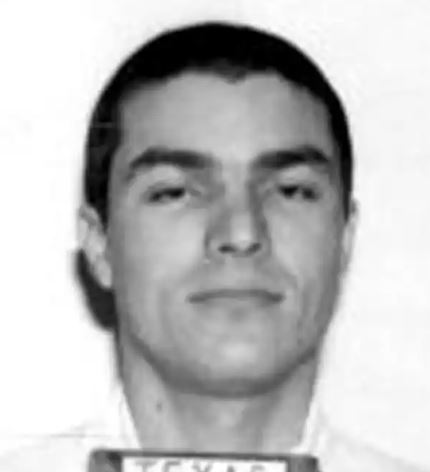
b: 1972
Víctor Hugo Saldaño
Summary
Name:
Nickname:
Victor RodriguezYears Active:
1995Birth:
October 22, 1972Status:
ImprisonedClass:
MurdererVictims:
1Method:
ShootingNationality:
Argentina
b: 1972
Víctor Hugo Saldaño
Summary: Murderer
Name:
Víctor Hugo SaldañoNickname:
Victor RodriguezStatus:
ImprisonedVictims:
1Method:
ShootingNationality:
ArgentinaBirth:
October 22, 1972Years Active:
1995bio
Víctor Hugo Saldaño was born on October 22, 1972, in Córdoba, Argentina. His early life in Argentina is not well-documented, but it is known that he moved to the United States in 1995. He arrived as an illegal immigrant seeking better opportunities.
Once in the U.S., Saldaño worked as a day laborer. He first lived in New York City before moving to Dallas, Texas. In Dallas, he shared an apartment with a man named Jorge Chávez, who was also from Mexico. This period marked a significant change in his life as he adapted to living in a new country.
murder story
On November 25, 1995, Víctor Hugo Saldaño and his co-defendant, Jorge Chávez, kidnapped Paul Ray King at a grocery store in Plano, Texas. They used a gun to force King into their vehicle. After the kidnapping, they drove to Lavon Lake. There, Saldaño shot King five times, leading to King's death.
Saldaño was put on trial in 1996 and was found guilty of the crime. During the trial, psychologist Walter Quijano testified that Hispanic individuals were more likely to commit crimes. This testimony played a role in the sentencing phase of the trial. As a result, Saldaño received a death sentence. Chávez, on the other hand, was sentenced to life in prison.
After being sentenced, Saldaño was first held at the Ellis Unit. In 1999, the men on death row were moved to the Polunsky Unit. The Argentine government took action to help Saldaño. They hired lawyers to argue that his sentencing should be overturned because of the controversial testimony from Quijano.
In 2004, Saldaño was retried and once again received a death sentence. During this retrial, an assistant district attorney claimed that Saldaño pretended to be mentally ill. There were claims that Saldaño was kept on death row for seven years, which influenced perceptions of his danger.
Saldaño has filed two writs of habeas corpus in the court. In 2007, he argued that he did not receive effective legal assistance. This claim was reviewed and ultimately dismissed by the Texas Court of Criminal Appeals. In 2008, he challenged his death sentence with eight allegations. The court reviewed this as well and upheld the death sentence, agreeing with only one of his claims.
In 2013, Saldaño's mother, Lidia Guerrero, wrote a letter to Pope Francis, asking for help to prevent her son’s execution. Pope Francis later spoke against the death penalty in general, reflecting on his opposition to capital punishment as a broader issue.